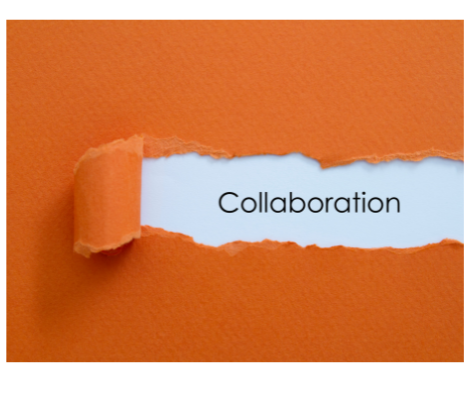Failure – The Best Teacher
Today, I want to discuss my first and most significant failure and how it was the best-worst thing that could have happened to me professionally. Not to brag, but in general, I have always had a fairly high success rate with whatever I’ve chosen to pursue…
Enter Pino Napoli.
My husband always had a desire to own his own business and as his partner and wife, I have supported that decision. Prior to our marriage, we agreed to live as though we had only one income and save the rest for our business endeavors. For ten years, we visited businesses for sale across the country and considered franchises or real estate ventures along the way. After a promising opportunity fell through, the broker reached out to us with another opportunity. Two businesses for sale by a single owner. The sale price so far beyond our budget that my initial response was, absolutely not. Fast forward through due diligence, attorneys, accountants, and trips, we closed on our new businesses and relocated for a second time to Florida.
I would oversee human resources, business development, and manage the employees. My husband would manage field operations and finances. We were officially business partners. I will perhaps write about that experience in another post. I will say that running a business with your spouse when you have ideological differences makes for a wild ride.
The Good
The Unification Process
Pino Tile + Napoli Granite and Marble = Pino Napoli Tile & Granite
We decided to rename the unified company “Pino Napoli Tile & Granite.” We had two retail locations in Pompano Beach and Delray Beach, FL, with thirty employees (sales, admin/accounting, purchasing, driver, forklift operator, fabricators, cutters) plus subcontractors (installers) and management staff.
After establishing a new company name, the next step was to develop a unified corporate identity and culture. The first priority was designing a new logo. I turned this into a collaborative project with the entire team, which was a fun and natural way for us to learn about each other and work together.
An added bonus was that everyone had the opportunity to contribute to something lasting and meaningful for the company. The new logo, which incorporated elements from both Pino and Napoli and retained Pino’s original company mascot, became a highly visible reminder of the importance of each team member’s contribution.
Next, I scheduled a one-day workshop with the management staff to define our business objectives, next quarter’s sales goals, and core values that we would present together during our first all-hands meeting. This experience was so fruitful that we decided to conduct these workshops each quarter as a leadership team.
In partnership with our two sales managers, we developed a new sales employee training program and facilitated workshops with the sales team to review the new program and processes and get their feedback.
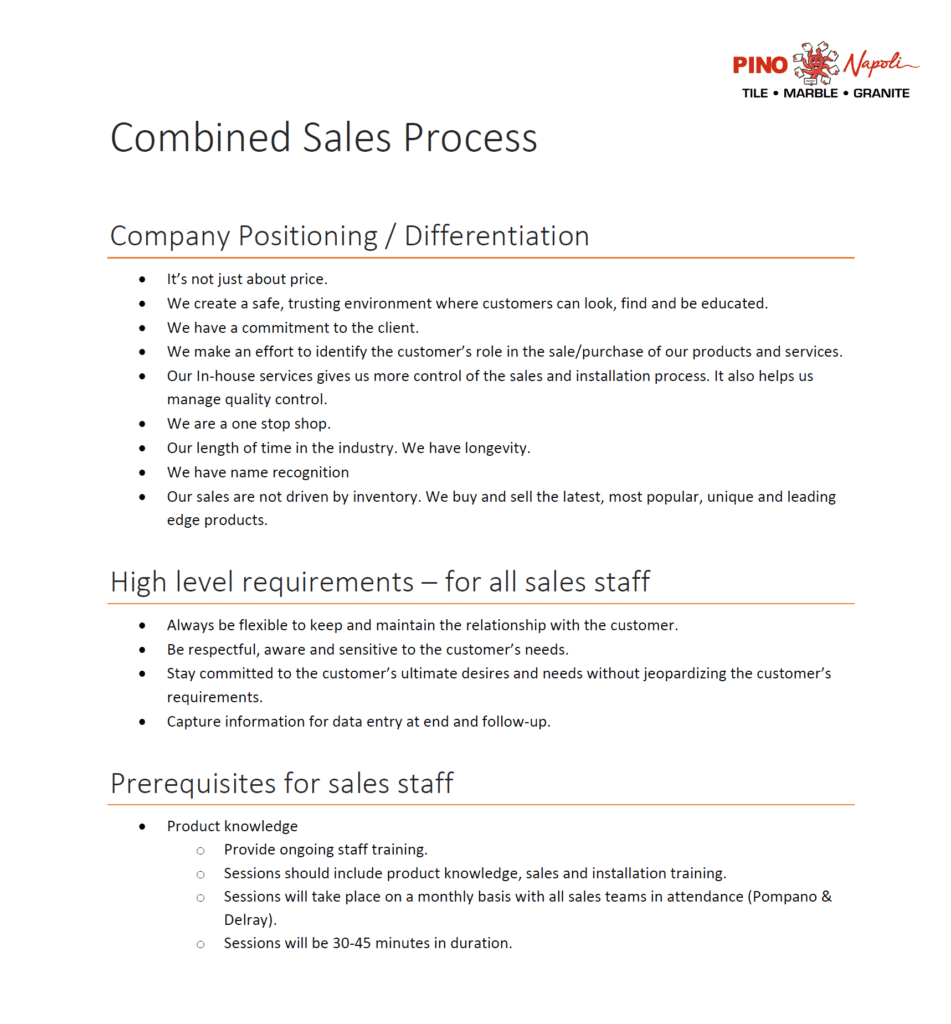
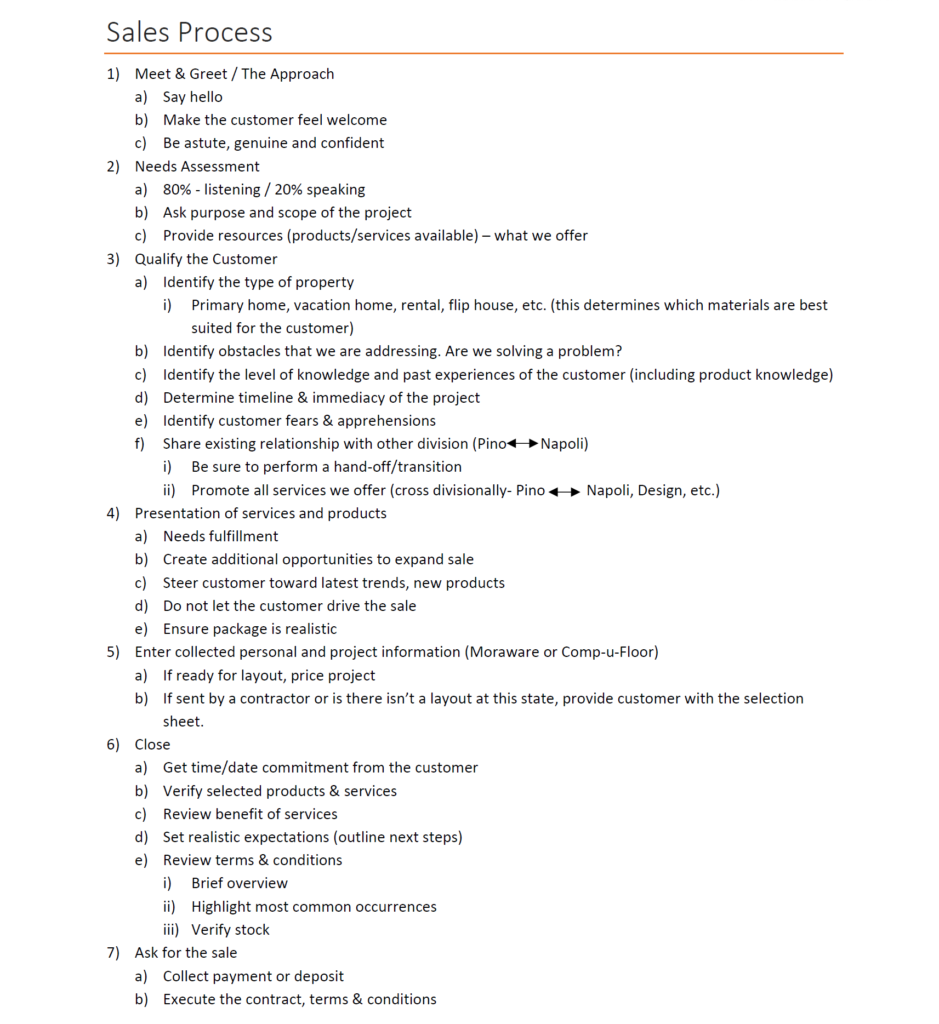
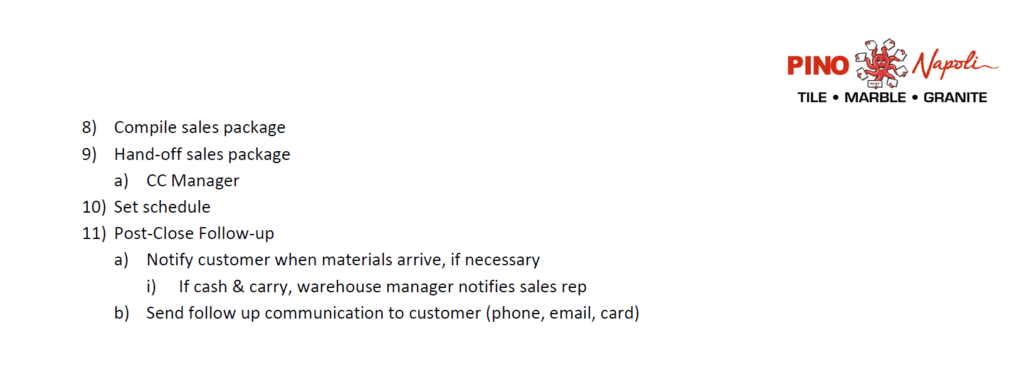
At this time, we also instituted quarterly sales meetings to review the previous quarter’s results, reward high performers, and develop a plan of action for the next quarter’s objectives. The new program included cross-training so each sales rep would have the skills to sell all our products. An added incentive was that anyone in the company could earn a commission if they made a sale.
To combine our cultures, I began by establishing guiding principles and core competencies for the unified company in both English and Portuguese. During this time, I also developed job descriptions and job-specific competencies. We held an all-company meeting to review and confirm alignment. Everyone received an electronic copy, which they signed electronically for storage in their personnel file to confirm they agreed with the company’s values.
I then moved to developing the policies for the unified company, including drafting an official employee handbook. I hired an employment attorney to review it to ensure compliance with all regulations and laws.
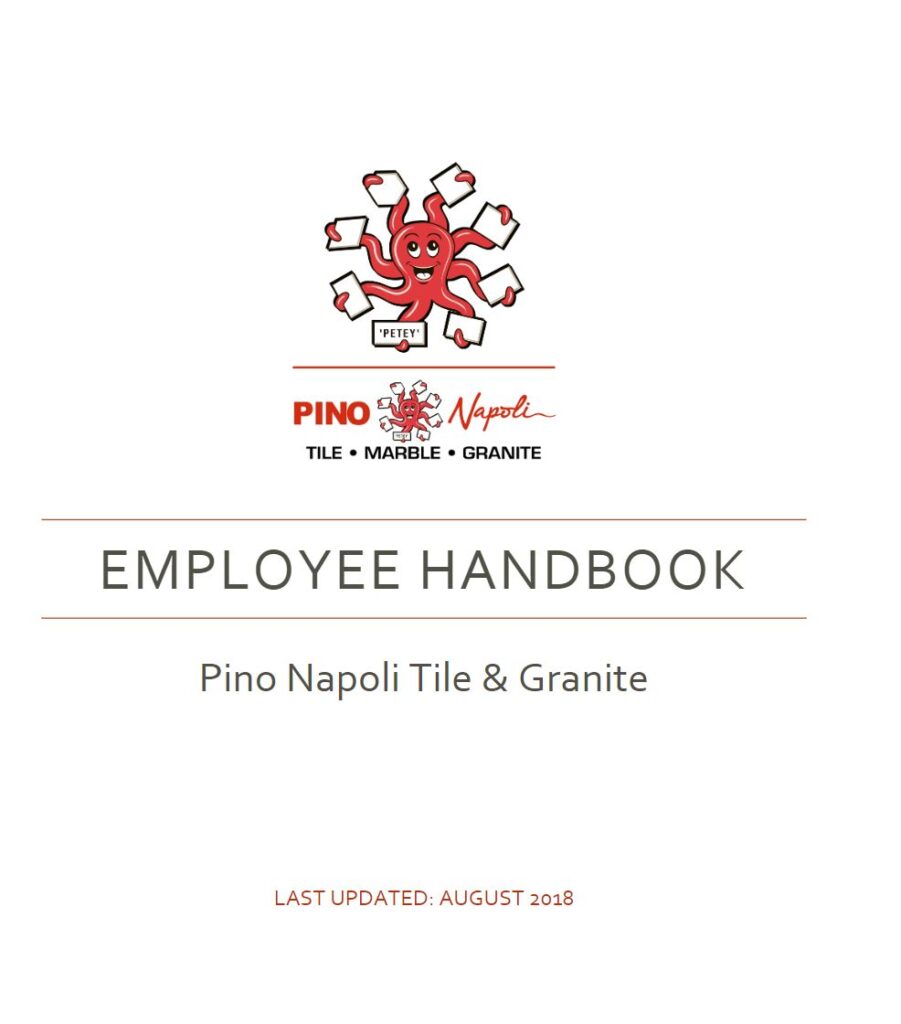
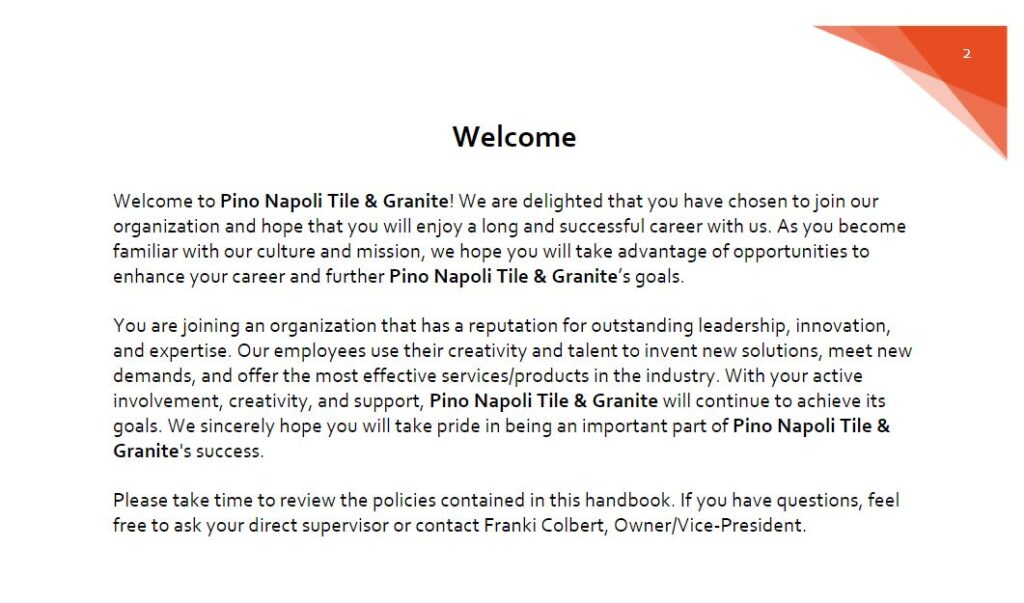
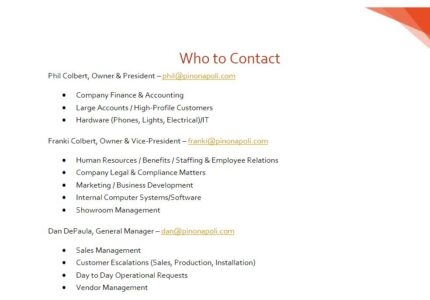
Having a solid infrastructure in place with well-defined processes protected us many times against false accusations so even though in the end these efforts weren’t enough to save our company, we were shielded and protected from a lot.
Systems
The countertop company (Napoli) had a homegrown CRM, while the tile company (Pino) managed client engagements via paper forms and email. Neither company had a unified email system. To make things more efficient and agile, I purchased Microsoft 365 Enterprise to provide a unified platform for business operations and management, fully utilizing many of the available applications.
For example, I replaced the homegrown CRM and paper installation scheduling processes with the MS Bookings app. This not only improved our efficiency but also greatly enhanced the customer experience. I used Yammer to help drive employee engagement and recognition.
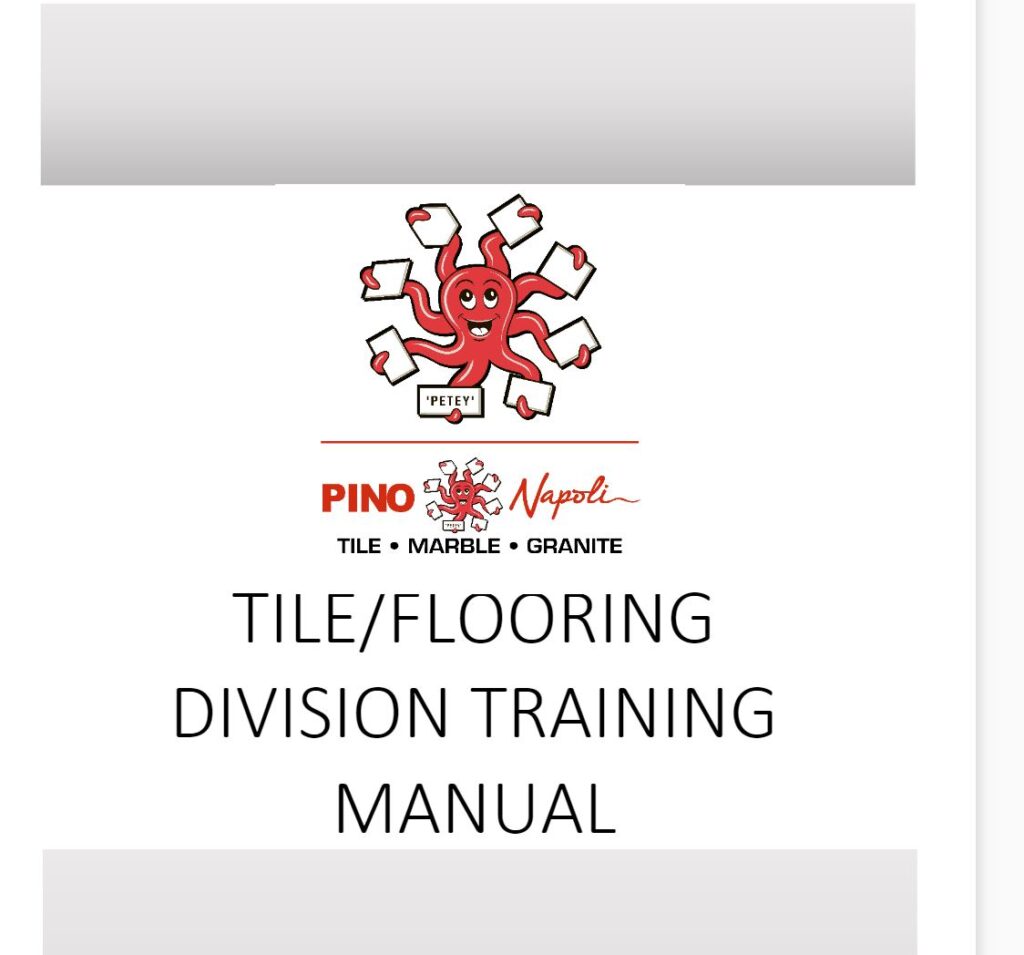
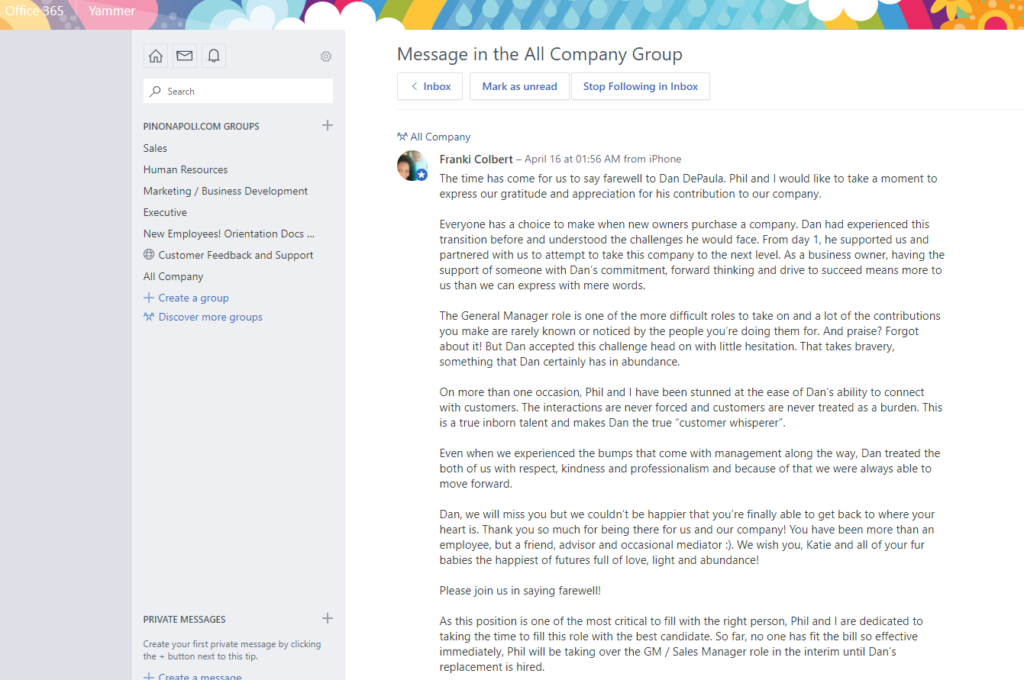
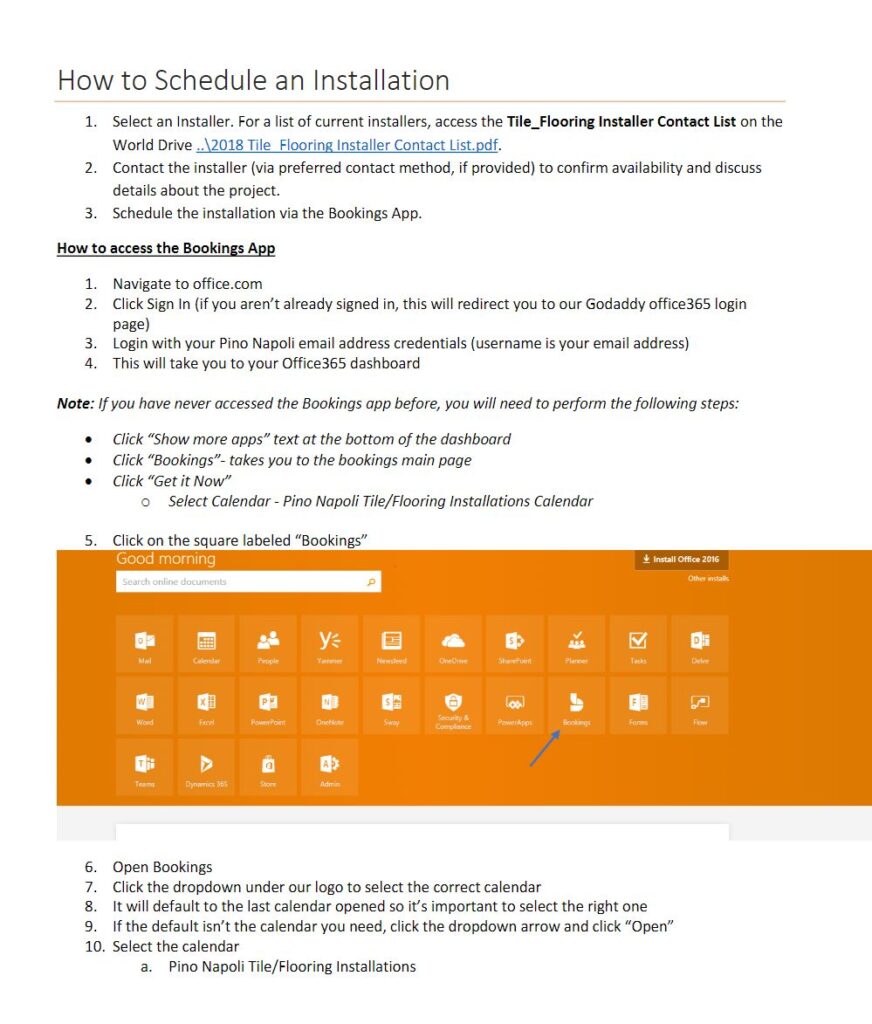
Considering we had fewer than 50 employees, I selected a very simple, but robust HRIS. This system enabled me to provide our employees with many self-service features while giving me the tools I needed to manage all aspects of HR administration and talent management.
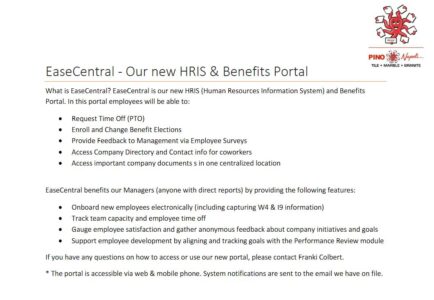
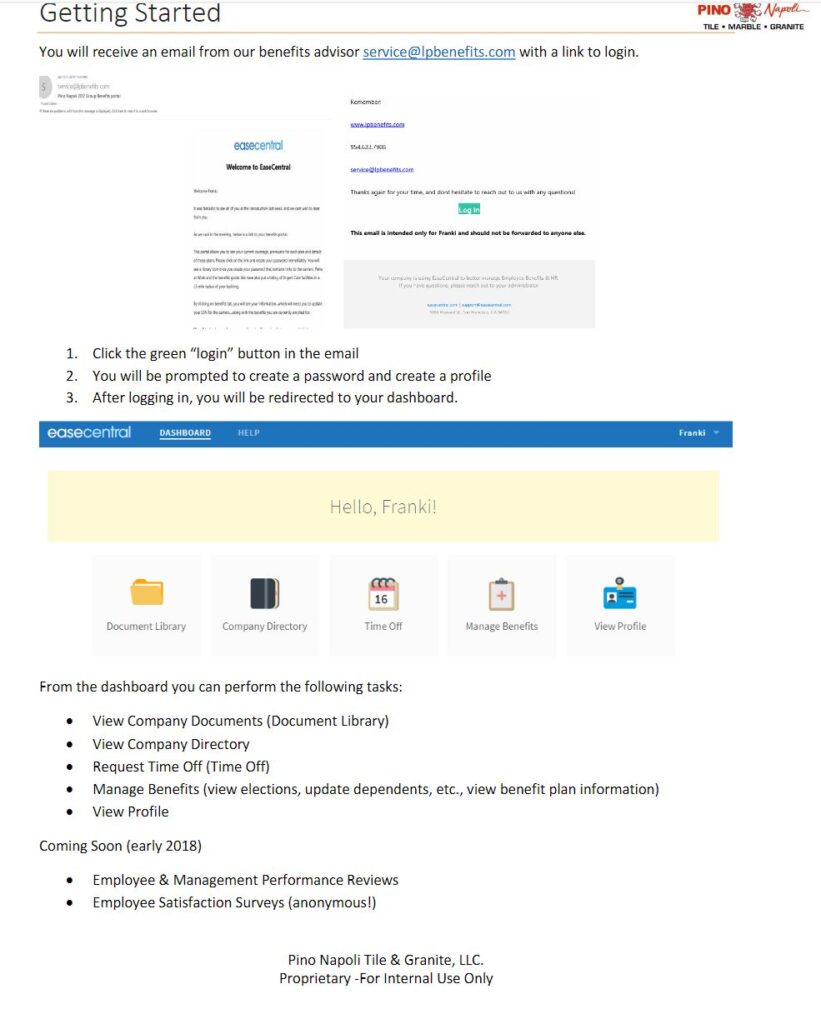
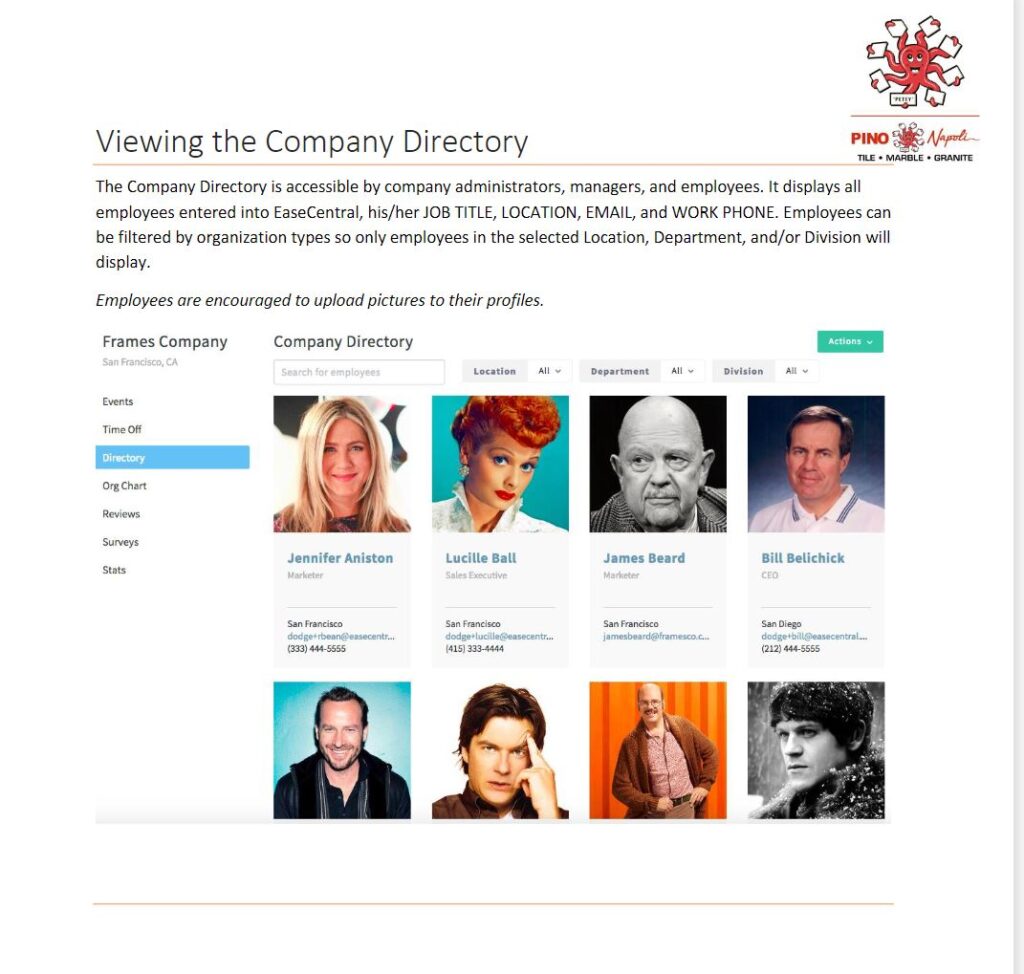
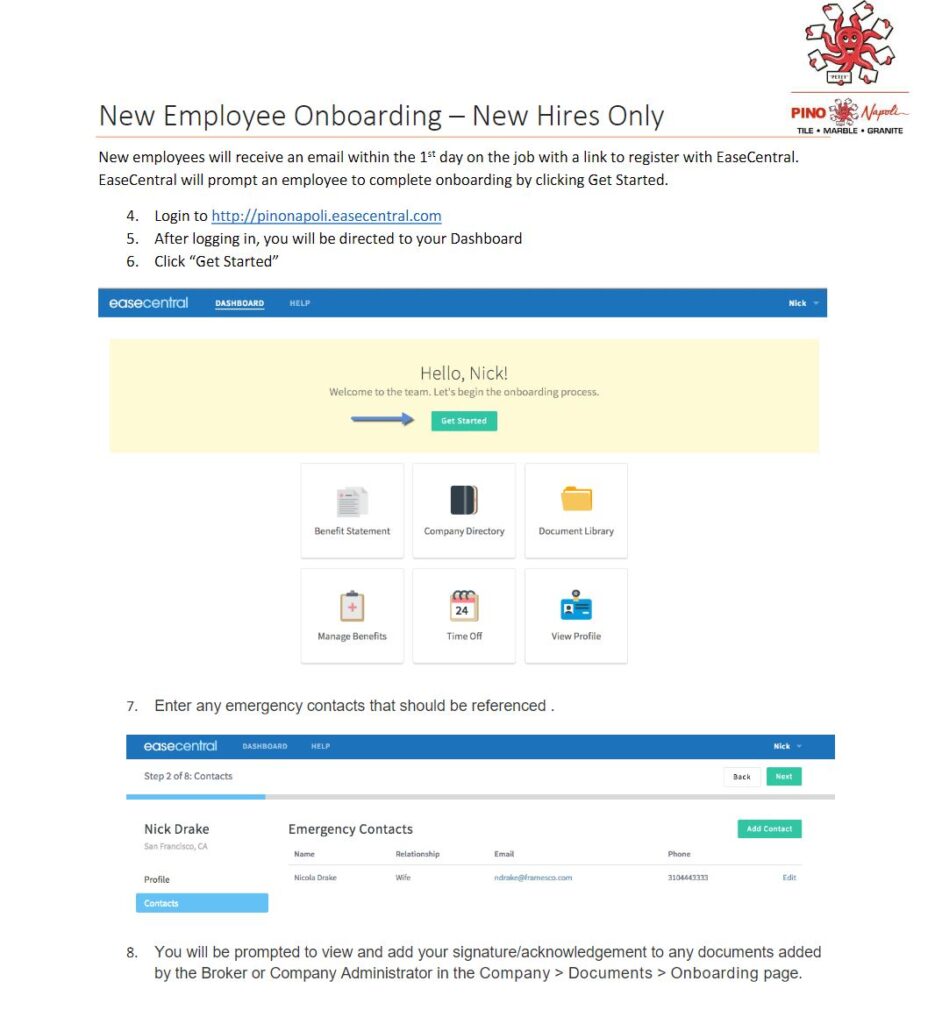
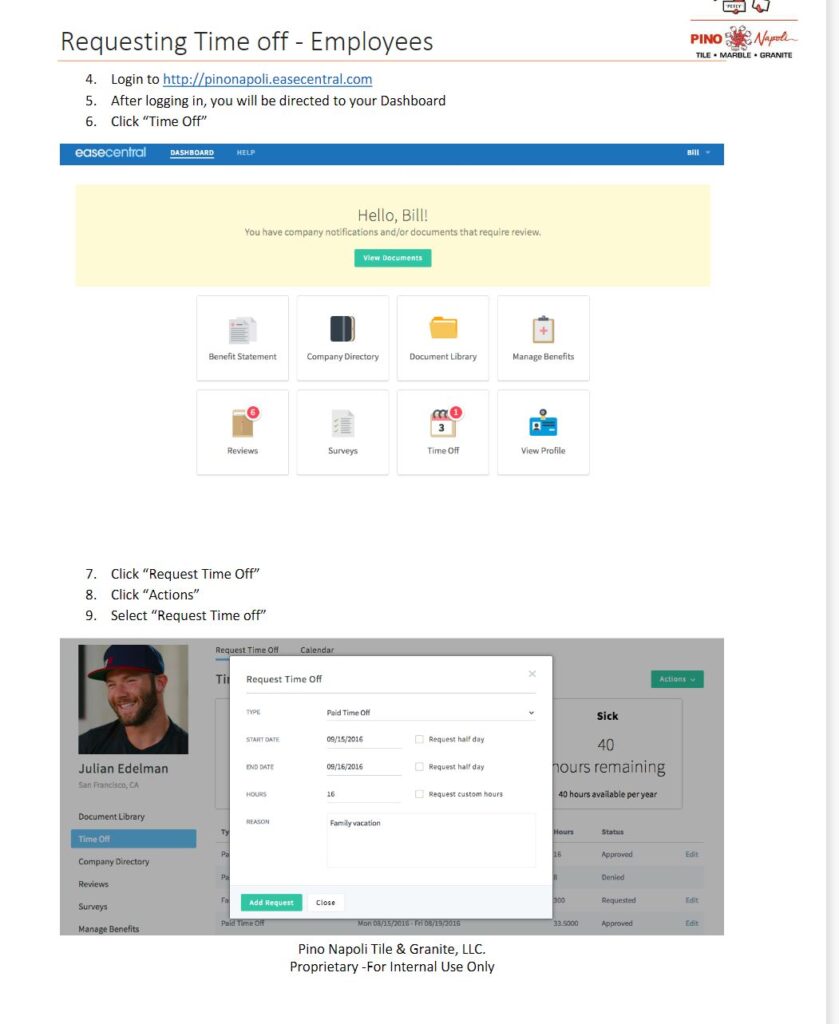
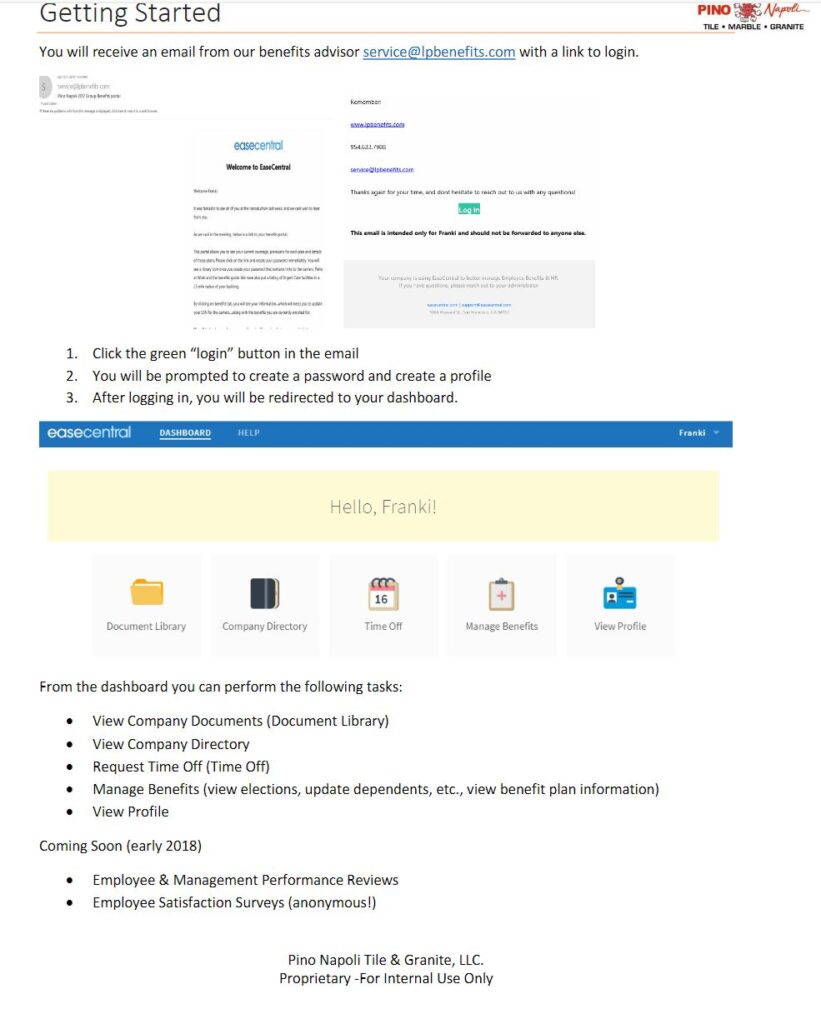
Now let’s get to what did not work.
The Bad
Enabled a Shadow Culture to Thrive
The previous owners offered to provide us with an overview of the employees, highlighting things we should know and look out for. My husband and I opted for a “Blank Slate” approach and decided to get to know the employees ourselves. I still agree with our decision, as there is often a lot of baggage that comes with history. Additionally, a poor-performing employee may see the acquisition as a fresh start, and I am all for forgiveness, growth, and development.
I knew the acquisition was causing distress, fear, and uncertainty for some employees, if not all to some degree. We also wanted (and needed) to retain everyone, as the competition for talent was high. We were warned to do everything to prevent poaching, knowing this time made us particularly vulnerable.
We wanted to give the employees a chance to get to know us and for us to get to know them. I met with some informally (in-office chats/stop-ins) and others more formally (lunch/dinner). My husband, being more extroverted, spent much of his day on our sales floor in Pompano, learning the ropes and getting to know the team.
Unfortunately, during those initial discussions, we uncovered many serious issues. I had to consult our employment attorney on how best to address them. I began investigating some of the grievances and made process changes. Looking back, I realize how wrong I was to move so quickly. Without even realizing it, we gave the impression of rewarding bad behavior to the other employees.
The Ugly:
Fear-driven Decision Making
I’m not exactly sure where to begin with this one because it is difficult for me to admit, but my husband and I both acknowledged to each other that our collective fear of failure caused us to delay some necessary actions and hastily take others. Because we were often in survival mode, we did not address discord and inner conflict as swiftly as we would have if fear had not been driving our decision-making. Or, we intervened too quickly, which negatively impacted morale and put us at risk of losing people we could not afford to lose.
The Final and Fatal Blow
We didn’t scale properly aka “We grew too big for our britches.”
When you speak about owning a business in the past tense, the next question you get 100% of the time is, “What happened?”
Remember when I mentioned earlier that we implemented a new sales training program? Well, it was remarkably successful. At the time of our purchase, total monthly sales averaged around $500K–$600K. A $700K month was rare and only occurred during the busy season. However, in July 2018, we hit our first $1M month, and the business never recovered from it.
Due to the nature of the work, business, and location, we were in a non-stop cycle of recruiting and training as we constantly needed to replace sales employees and fabricators. I’m not sure if I went a week without interviewing someone during our final miserable year.
The sales continued to come in, but operationally we were failing. The employees could not keep up with the volume of work, and costly mistakes started to happen. By this time, we were taking on hotel projects as far south as Key West and major resort and residential projects in Palm Beach.
These construction/installation projects were quite complex, with timelines stretching over months or even more than a year. The builders would pay us when the client paid them, and if the builder did not get paid, neither did we.
This began occurring increasingly often, and cash flow dried up to a point where we could no longer sustain the business. Our attempts to find new buyers or take on new partners were also unsuccessful.
So, we painfully and tearfully decided to close the business.
We kept on a small group of employees to finish any active countertop fabrication projects and to coordinate with our clients for the transfer of any unused materials to another local fabrication/installation company. I am so grateful for these individuals and their help with the transition and closure.
We shed a lot of tears, lost a lot of material possessions, and maybe even a few years off our lives. But now, a few years down the road, I can say that this experience changed us for the better. Even through the loss, pain, and ongoing issues that we’re still dealing with, I am grateful for this failure.

